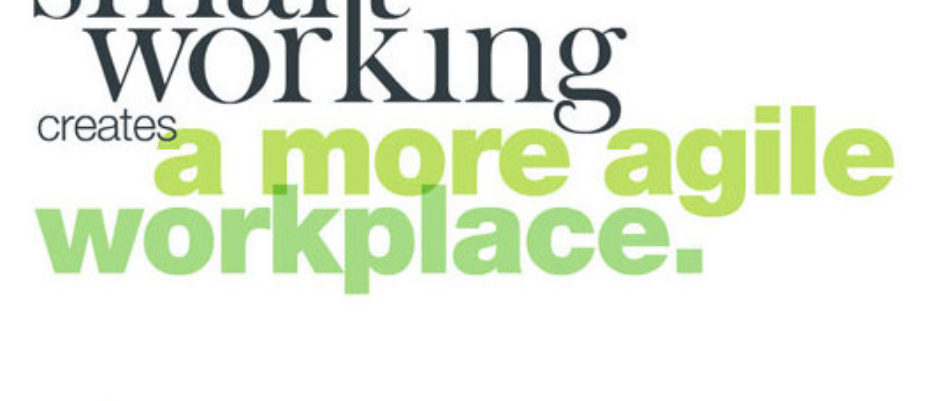
When you approach new scenarios, you risk to repeat well-known models and sometimes even to create new stereotypes, maybe in new smart ways of working and work-life balance working environments too.
So the idea of “agile work” can be trivialized in a not too stimulating “teleworking from home”, the concept of play and entertainment in a working environment turns into ubiquitous football tables; collaboration=innovation formula comes down to countless, informal rooms; a in-house gym is the answer to the need of wellbeing, and a green wall is the answer to the wish to live in contact with nature.
I’m not saying that these solutions are wrong, however they are not the only possible ones and cannot be the perfect solutions suitable for all kinds of situations or spaces or companies having different identities, requirements and goals.
Studio O+A suggest us to adopt a start-up mentality “constantly analyzing and questioning existing conditions, existing protocols and procedures”.
Smart technology made agile work possible, yet that doesn’t mean just isolation and individual work (at home, train or park-bench) outside the appointed workplace; on the contrary, the real, structural change starts right from the office, the role of which changes from a simple “container of workers” to a stimulating environment to identify with, promoting individual creativity and knowledge sharing.
And even Cooperation, the keyword round which the management of the past few years has been organized, deserves a more critical analysis, especially as regards the belief that collaboration underlies innovation. Recent studies show that real innovation, the far-sighted one, is an individual, mental activity that needs concentration.
The interesting article “Beyond Collaboration: workplaces that innovate” by Brady Mick defines innovation and collaboration, explains that the next generation of workplace is focusing on “activity settings. And concludes” The future belongs to innovation. If that’s true, what’s holding innovation back? The answer is fear of complexity”.
Interactive editorial by Renata Sias, editor of WOW!
















